Carmelo has been at the Food Bank for 13 years, and as our Senior Associate Director of Facilities, he’s helped lead some of our biggest projects. But one thing people might not know? He’s afraid of heights.
So, when it came time for his team to oversee the installation of solar panels on the roofs of our San Francisco and San Rafael warehouses, Carmelo faced his fear — again and again.
“It has been a few years in the making since we started the proposed and now completed solar panel installations at both our San Francisco and San Rafael facilities,” he says. “It’s a major accomplishment that reflects a tremendous team effort — from Operations to our friends in Development responsible for the capital campaign fundraising. It truly takes a village to make something like this happen.”
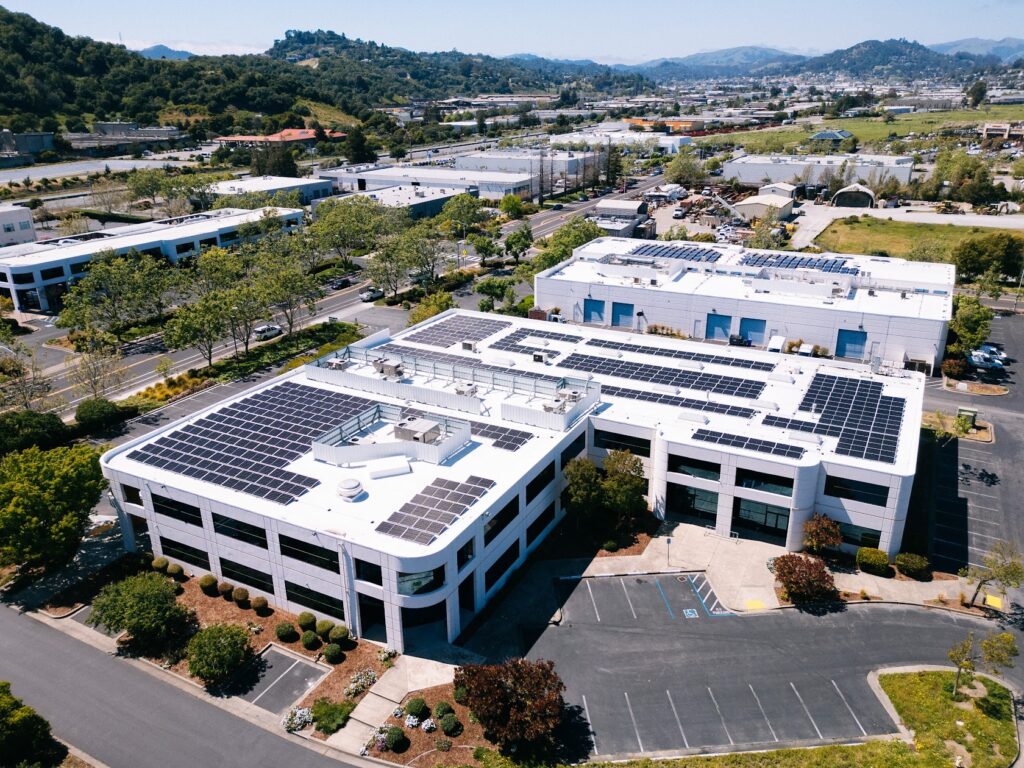 At the Food Bank, we know that access to healthy nutritious food is deeply connected to the climate crisis. If we want to build a food-secure future, we have to protect the environment we all depend on to grow the fruits, vegetables, and grains that nourish our communities. That’s why making big investments in sustainability is so important for our Food Bank.
At the Food Bank, we know that access to healthy nutritious food is deeply connected to the climate crisis. If we want to build a food-secure future, we have to protect the environment we all depend on to grow the fruits, vegetables, and grains that nourish our communities. That’s why making big investments in sustainability is so important for our Food Bank.
“All companies should be doing as much as they can to address the climate crisis,” says Michael Braude, our Chief Financial Officer. “The refrigeration required for our operation uses a tremendous amount of electricity. Being able to produce as much of that as possible on our own helps shrink our carbon footprint.”
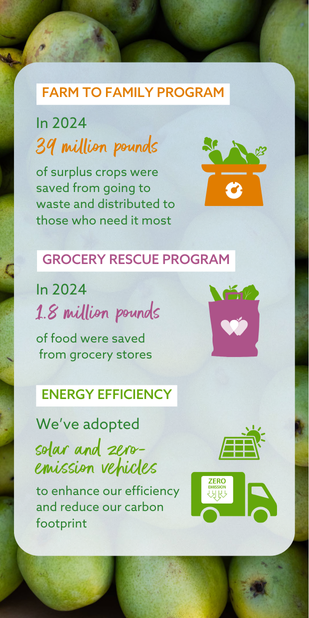
And, we’ll be producing a lot: Our San Francisco warehouse solar system is projected to generate approximately 600,000 kilowatt-hours (kWh) of electricity each year, reducing our PG&E bill by an estimated 66 %. At our San Rafael facility, we expect to generate about 270,000 kWh annually, with an estimated 90 % savings on electricity costs.
These systems will cover nearly all the electricity we use during the sunniest months of the year, helping us cut costs, reduce emissions, and serve more people with fresh, healthy food. Simply put: every dollar we save on energy costs helps us go further in our mission to end hunger.
And we’re not stopping there. We’ve already streamlined our delivery routes through route optimization technology to use less fuel, and this summer, we’re taking another big step: adding three zero-emission electric trucks to our fleet. Two more are on the way, along with the charging infrastructure to support them.
For Carmelo, who calls himself “a proud Food Banker,” facing his fear of heights was worth it. Reflecting on what’s kept him going all these years: “Of course, it’s our mission to end hunger and the real impact we make in our community. But beyond that, it’s the people,” he continues. “The colleagues I work alongside day in, and day out truly inspire me and keep me motivated. We’re like-minded individuals, united by our commitment to this mission and driven by genuinely kind hearts. That shared purpose and compassion makes all the difference.”
We’re proud to own our energy and to keep moving forward with climate-conscious solutions that support our neighbors, the planet, and our future.
Happy Earth Day!


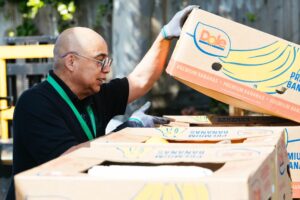 meant it quite literally. On a sunny Wednesday morning in April, Benny was busy digging through banana boxes in a Trader Joe’s parking lot, searching for stray cartons of eggs while repackaging a caseload of donated groceries.
meant it quite literally. On a sunny Wednesday morning in April, Benny was busy digging through banana boxes in a Trader Joe’s parking lot, searching for stray cartons of eggs while repackaging a caseload of donated groceries.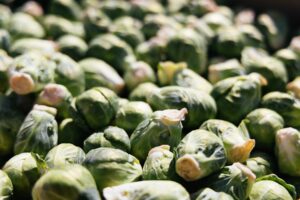
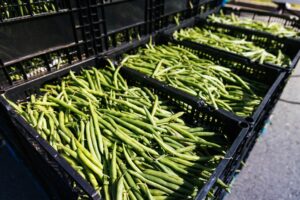
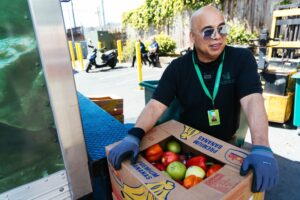 major factor in the worsening climate crisis. But what if, before it spoils, that food could make it onto the tables and into the stomachs of our neighbors across San Francisco and Marin?
major factor in the worsening climate crisis. But what if, before it spoils, that food could make it onto the tables and into the stomachs of our neighbors across San Francisco and Marin?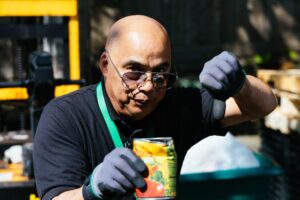
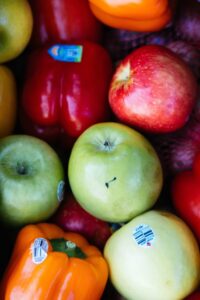 whole grains and proteins.
whole grains and proteins. 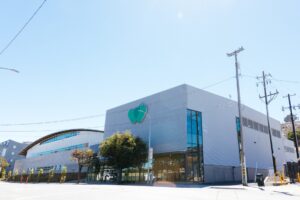 more people, and save more energy. Now, we’re building on that momentum by installing solar panels at our San Rafael warehouse!
more people, and save more energy. Now, we’re building on that momentum by installing solar panels at our San Rafael warehouse!
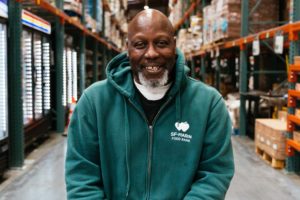 Step onto the shop floor at the Pennsylvania Warehouse and you’ll be greeted by racks filled with just about every item under the sun: fresh fruits and vegetables (of course), canned beans and proteins, fresh breads and pastries, eggs, frozen proteins like chicken breasts, and assorted dry, fresh, and frozen grocery items from supermarkets all over San Francisco.
Step onto the shop floor at the Pennsylvania Warehouse and you’ll be greeted by racks filled with just about every item under the sun: fresh fruits and vegetables (of course), canned beans and proteins, fresh breads and pastries, eggs, frozen proteins like chicken breasts, and assorted dry, fresh, and frozen grocery items from supermarkets all over San Francisco. 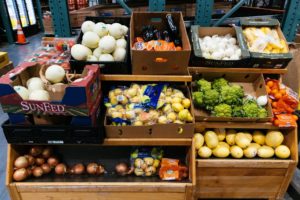 Henry says that lately, “demand is very high, with a limited supply,” because of inflation and supply chain issues, driving home the need for continued support from our community as we strive to keep our shop floor racks full for our neighbors and partners.
Henry says that lately, “demand is very high, with a limited supply,” because of inflation and supply chain issues, driving home the need for continued support from our community as we strive to keep our shop floor racks full for our neighbors and partners.
Share